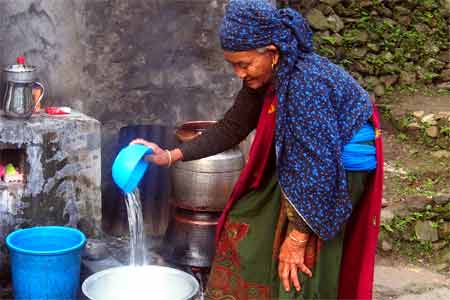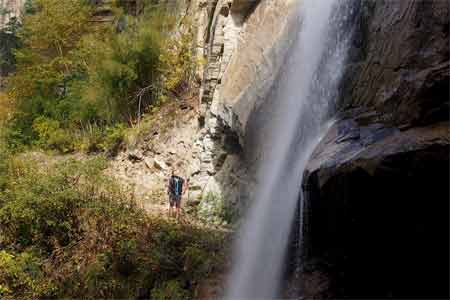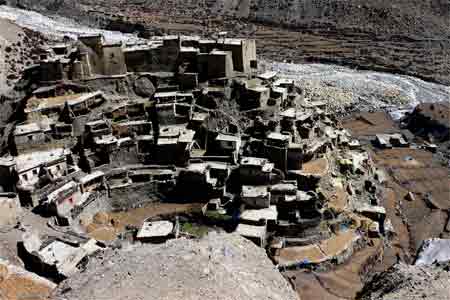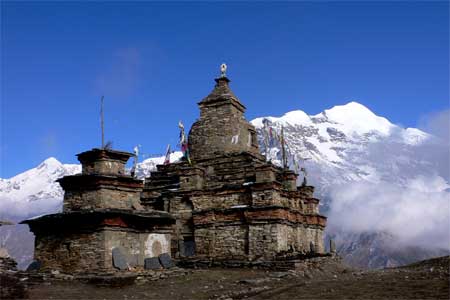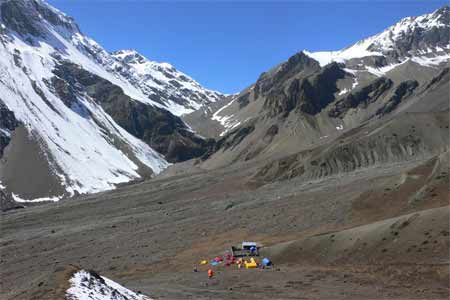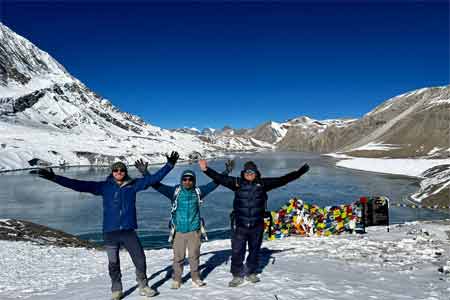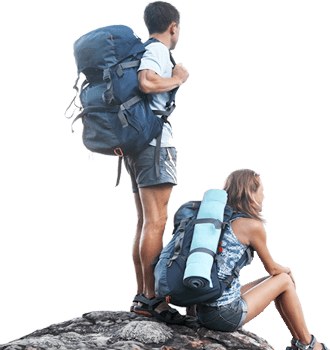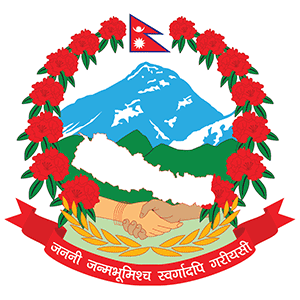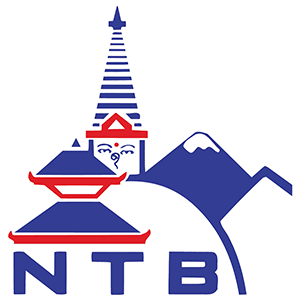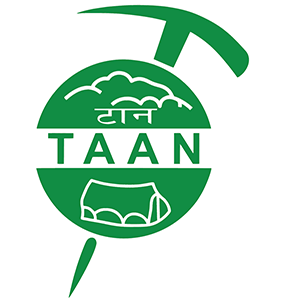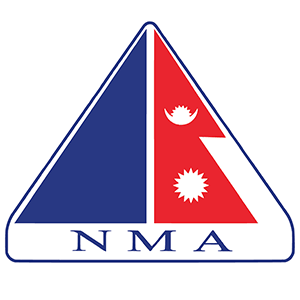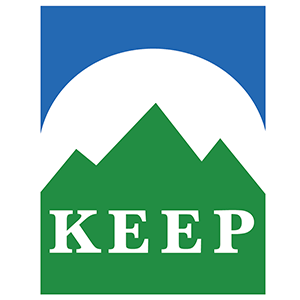Nar Phu-Tilicho Lake Trek: 24 Days
The Nar Phu Valley-Tilicho Lake Trek, also known as the "Nar Phu Tilicho Trek," is a thrilling adventure through the secluded Nar and Phu Valleys, offering a one-of-a-kind journey away from the well-trodden paths of Nepal's Annapurna region. The trek is well-known for its difficulty and provides a unique experience away from the well-trodden paths. Tilicho Lake, a shimmering jewel nestled amidst towering peaks, reflects the majesty of the surrounding landscape. This adventure provides an unparalleled experience and a glimpse into the indomitable spirit of exploration and discovery in Nepal's mountainous splendor.
The Nar Phu Valley-Tilicho Lake Trek is a hidden gem in the Annapurna region, taking you on a fascinating journey through untouched landscapes and ancient cultures. The Nar Phu Valley, which opened to tourists in 2003 AD, includes Tilicho Lake, the world's highest lake at 4,919 meters. The trek takes participants through remote villages, narrow canyons, and lush forests, combining adrenaline-fueled adventure with immersive cultural experiences. The Nar Phu Valley is a haven for traditional Tibetan Buddhist culture, offering visitors a unique opportunity to immerse themselves in the enchanting diversity of Himalayan life.
The trek progresses gradually from Khudi Khola, taking adventurers through high mountain passes and encountering yak caravans. Visits to ancient monasteries offer profound insights into local life, enriching the journey with spiritual depth and cultural significance. The journey culminates at Tilicho Lake, nestled between towering peaks and pristine glaciers, creating a breathtaking spectacle. Despite its difficulties, the Nar Phu Valley-Tilicho Lake Trek offers incomparable rewards, immersing visitors in the breathtaking beauty of the Himalayas and creating memories that will last long after they leave the mountains.
The Nar Phu Valley-Tilicho Pass Trek is a strenuous journey that tests both physical endurance and the adventurous spirit. The trek includes three passes: Kangla Pass (5,320m), Tilicho Pass (5,230m), and Mesokanto La Pass (5,099m), each with its own set of challenges and triumphs. The trail passes through various vegetation zones, highlighting the region's diverse landscapes. The trek is not only a test of physical strength but also a journey rich in history and culture. The trail from the Nar-Phu Valley to Tibet has long been a vital trade route, carrying the remnants of ancient civilizations and the legacy of previous generations. Today, the locals continue to rely heavily on yak herding for a living, preserving a way of life that is deeply ingrained in their ancestral traditions. As you follow in the footsteps of previous generations, you develop a deep appreciation for the human spirit's resilience and ingenuity. Despite the difficulties, you will discover a sense of community and resilience that will last the duration of the journey. The majesty of nature, combined with the unwavering spirit of exploration, will humble you as you stand atop each pass.
The Nar Phu-Tilicho Lake Trek is an unforgettable journey into the heart of medieval Tibetan culture. This hidden gem provides breathtaking mountain views and alpine splendor, as well as a deep connection to nature's soul-stirring beauty. As you travel through the peaceful landscapes, you will find yourself immersed in a world where time appears to stand still, with ancient traditions echoing through the rugged terrain. The Himalayas' cultural richness unfolds with each step, providing glimpses into a way of life that has not changed over time. The views and interactions with locals become testaments to the human spirit's resilience and beauty, leaving an indelible impression on your heart and soul. This unforgettable experience celebrates adventure, culture, and nature's boundless wonders, inviting you to embrace the extraordinary and create lasting memories.

.webp)
